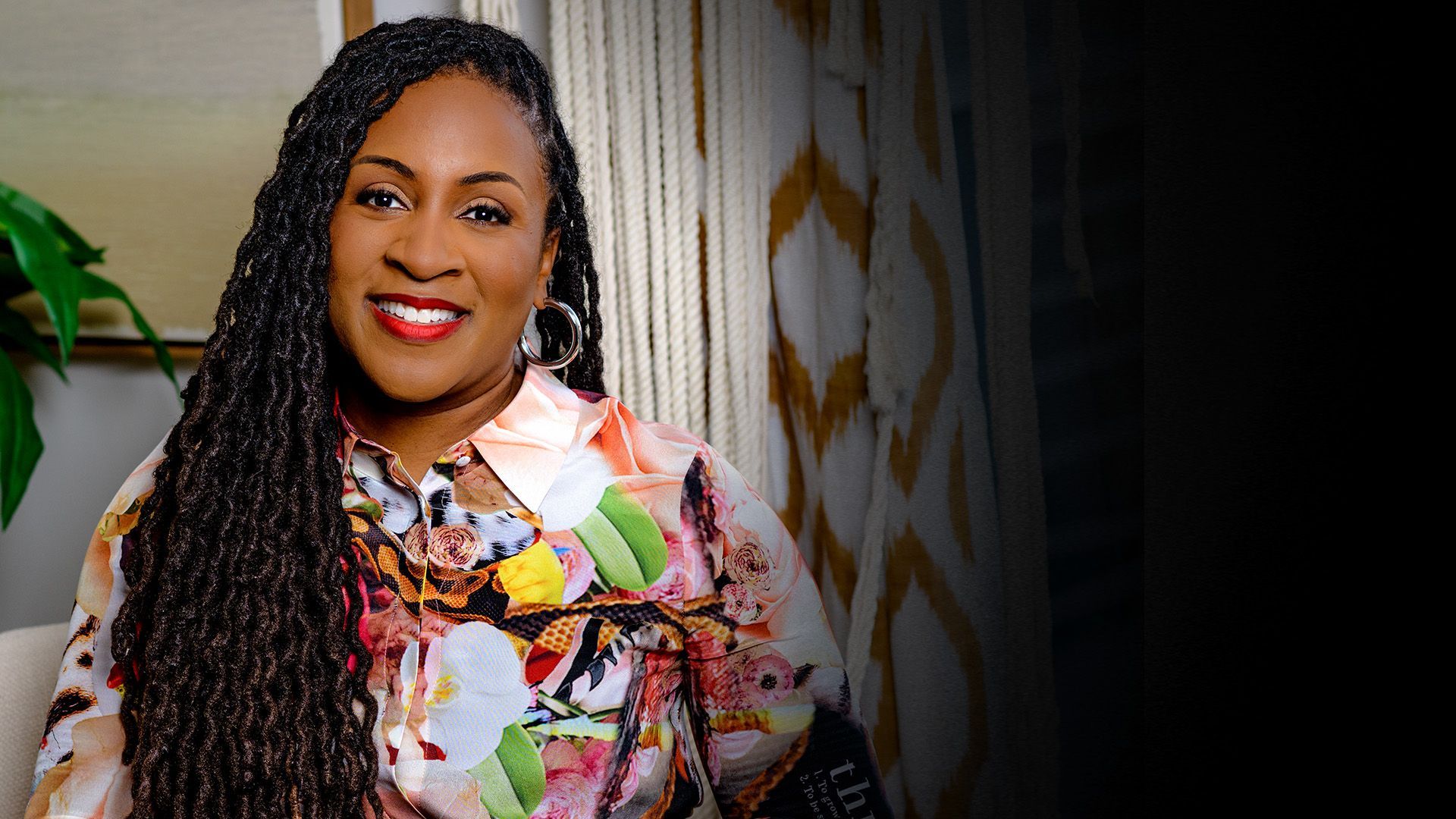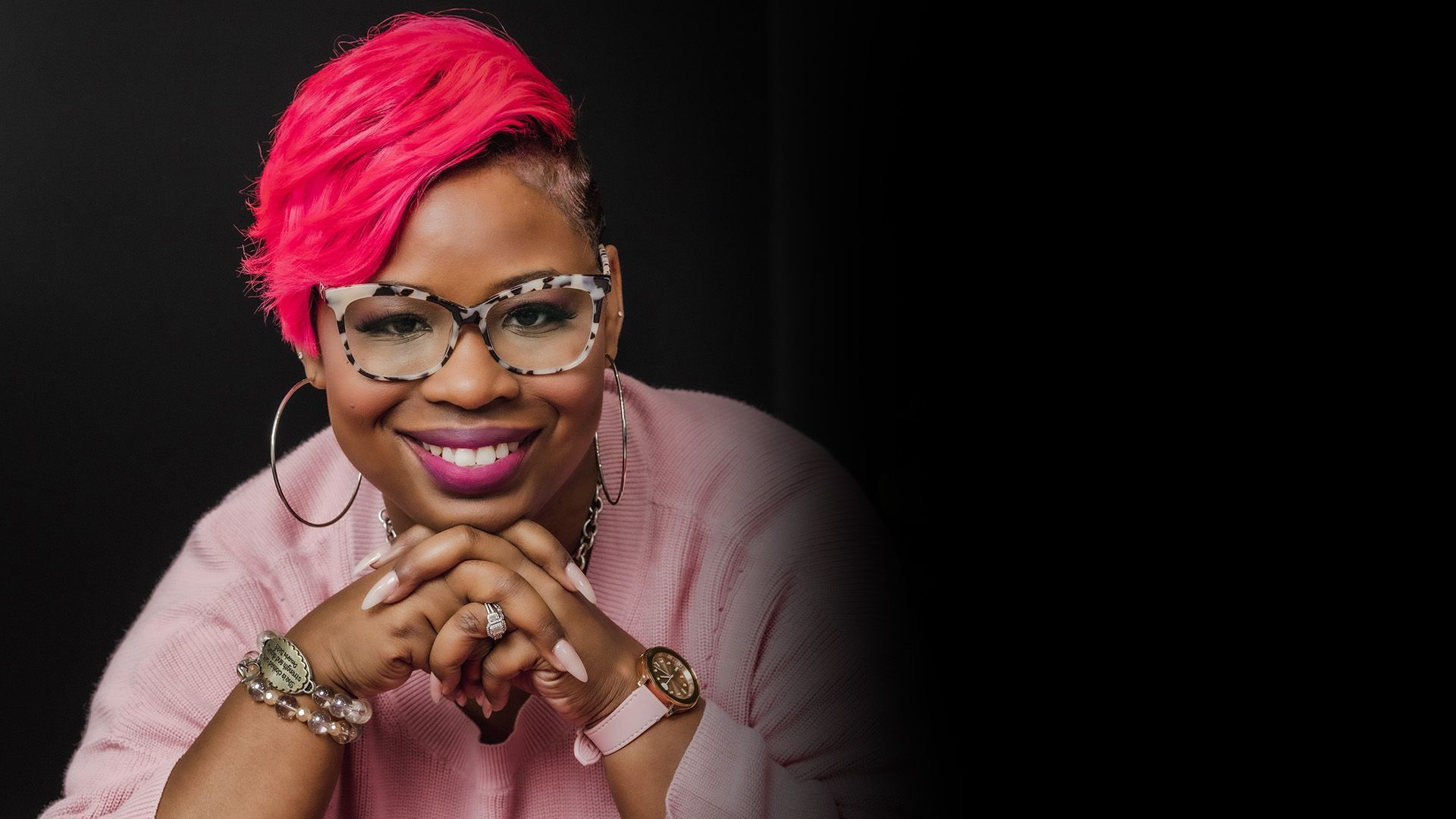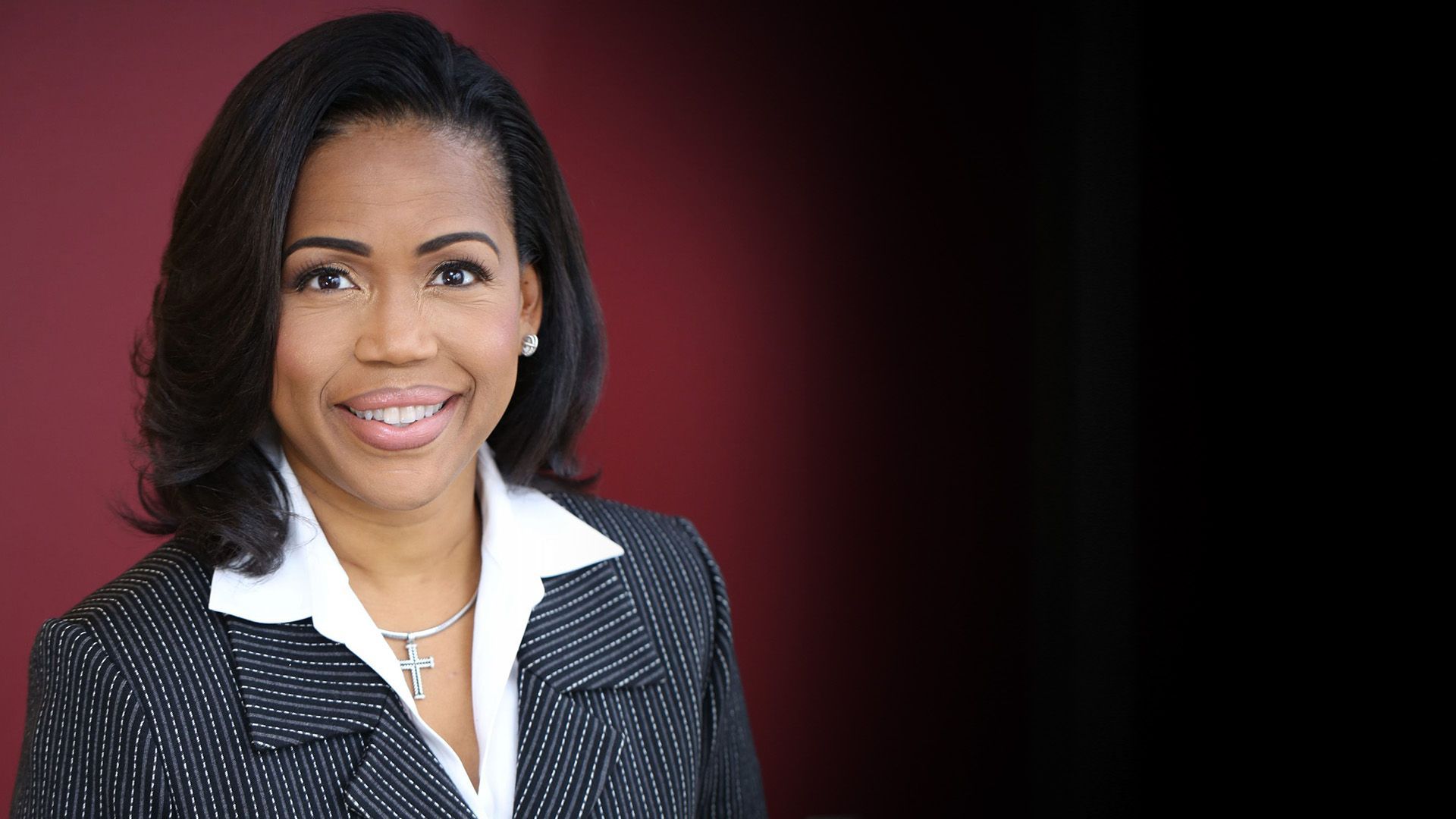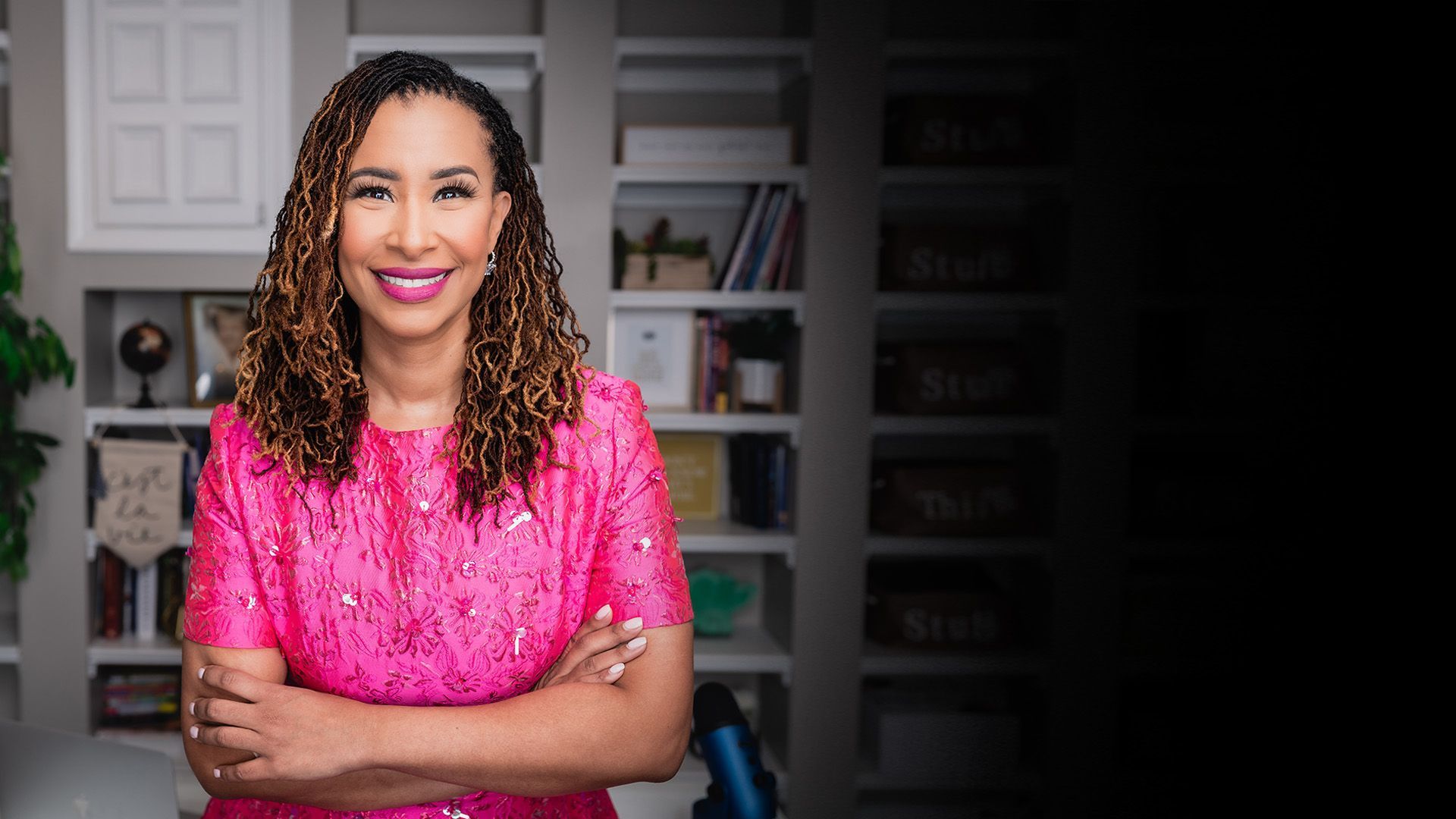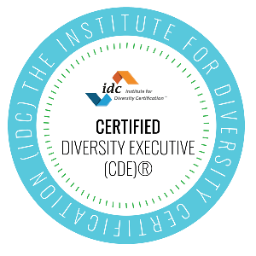By Nika White
•
November 6, 2025
We live in a world that celebrates intelligence, speed, and efficiency. We build faster networks, smarter systems, and automated decisions. But in our obsession with external technology, we’ve overlooked the most powerful internal one—emotional regulation. The Moment the Room Lost Its Pulse A few years ago, I was facilitating a meeting with a leadership team in crisis. Tension was thick enough to cut. Voices sharpened, postures stiffened, and eyes darted around like searchlights. As I stood there, I could feel my own nervous system starting to match the room’s anxiety. My pulse quickened. My mind began preparing counterarguments and fixes. The energy was contagious. But then, instinctively, I did something different. I paused. I took a slow, grounded breath. I steadied my tone. I didn’t try to control the room—I regulated myself. Within moments, something shifted. The energy began to soften. The volume dropped. People started breathing again. That day, I realized something profound: The most powerful person in the room isn’t the one who speaks the loudest—it’s the one whose nervous system is the most steady. We’ve Been Measuring the Wrong Technology We tend to think of leadership as a cognitive exercise—a matter of decisions, strategy, and intellect. But if you strip away the titles and spreadsheets, leadership is fundamentally emotional. It’s a continuous exchange of energy between people. Every organization runs on an invisible emotional code. Leaders write this code daily—through their tone, their presence, and their ability to remain calm under pressure. When that code is corrupted by reactivity, fear, or ego, systems break down. When it’s stable, clear, and compassionate, systems thrive. So let’s call it what it is: Emotional regulation isn’t self-help. It’s system design. The Science of Stability Neuroscience tells us that when we regulate our emotions, the prefrontal cortex—the part of the brain responsible for empathy, creativity, and decision-making—stays active. When we don’t, the amygdala hijacks us, sending us into fight, flight, or freeze. Organizational psychology backs this up. Studies from Harvard and MIT indicate that emotionally stable leadership is associated with up to 40% higher team resilience and performance. And emotional contagion theory explains why: emotions spread faster than information. A dysregulated leader transmits anxiety. A regulated leader transmits calm. This is why I developed The Emotional Power Trifecta™: Regulation → Resilience → Authority. Regulation is your ability to stabilize your emotional state in real time. Resilience is how quickly you recover from disruption. Authority is the grounded confidence that follows—leadership that commands respect without demanding control. When practiced intentionally, this trifecta becomes a leadership technology that can be taught, measured, and scaled. The Ripple Effect of Regulation At one of my client organizations—a large manufacturing company—a senior leader was navigating a period of restructuring and layoffs. Morale was low. Fear was high. Instead of reacting from that fear, she began each meeting with a minute of silence. No slides. No pep talks. Just a pause to breathe. That single act of co-regulation changed everything. Her team reported feeling calmer. Turnover dropped. When asked why they stayed, team members gave the same answer: “Because she made the uncertainty feel safe.” She didn’t fix the external conditions. She stabilized the emotional climate. That’s the kind of leadership our systems are starved for. Perspective Begins in the Body Perspective isn’t just a mental exercise—it’s a physiological one. Before we can understand another person’s experience, our nervous system has to feel safe enough to listen. When leaders are dysregulated—when they lead from reactivity, anger, or fear—they literally lose access to empathy. But when they’re grounded, they expand their field of perception. They can hold tension and difference without collapsing. This is the hidden dimension of emotional intelligence. It’s not just about thinking differently—it’s about feeling safely enough to think clearly. What if we stopped defining leadership by intellect and started defining it by nervous system capacity? Because every breakthrough in innovation, equity, and trust begins the same way—with a regulated body, ready to see the world from more than one perspective. The Emotional Epidemic Let’s be honest: we are living in an emotionally contagious era. Burnout is rampant. Division is rising. We scroll through fear and outrage and call it connection. Our collective dysregulation has become the background noise of modern life. If emotional chaos spreads faster than truth, then emotional regulation becomes an act of resistance—a radical form of leadership. Because regulation isn’t just personal—it’s contagious too. When one person steadies, others mirror that state. And slowly, systems heal from the inside out. Power, Rewired The future of leadership won’t be defined by who talks the most or works the hardest. It will be defined by who can stay calm enough to think clearly, listen deeply, and hold complexity without collapsing. When women lead with emotional authority, we don’t make power softer—we make it smarter. We make it safe. Because emotional regulation is not self-care—it’s system care. It’s the antidote to burnout, bias, and disconnection. It’s how we humanize power. So the question isn’t: Can we regulate? It’s: What becomes possible when we do? When we master our emotions, we don’t just change how we lead—we change what leadership feels like. The future belongs to the emotionally regulated. Closing Reflection In an age obsessed with artificial intelligence, perhaps the most transformative innovation will be authentic intelligence—our capacity to stay grounded, empathetic, and coherent in the midst of chaos. Because no algorithm can regulate emotion. Only a human being can do that. And when we learn how, we don’t just advance technology—we evolve it. Emotional regulation is the future of sustainable leadership—and it’s a future we can build together. If this message resonates with you, if you’re ready to lead from steadiness instead of stress, I invite you to connect with our Emotionally Regulated Leader Community of Practice (CoP) —a space for leaders, innovators, and changemakers who are redefining power through presence. Together, we’re not just talking about emotional intelligence. We’re practicing it—systemically, courageously, and in community.

